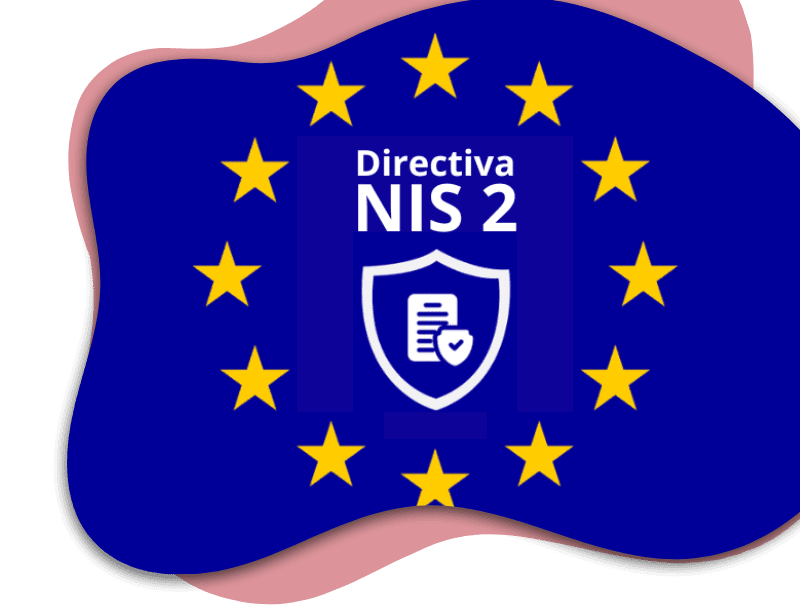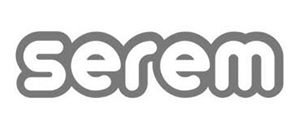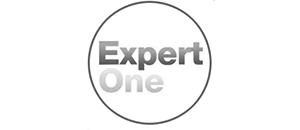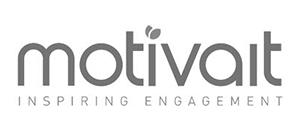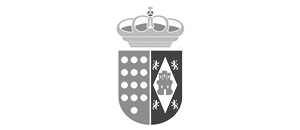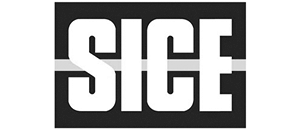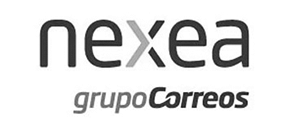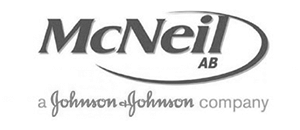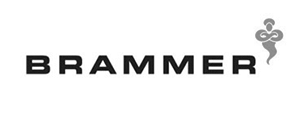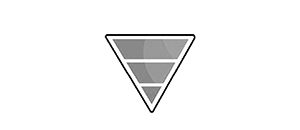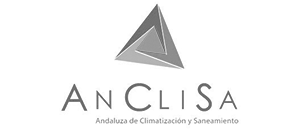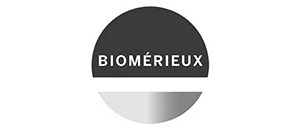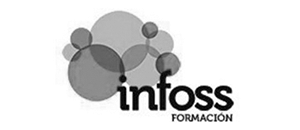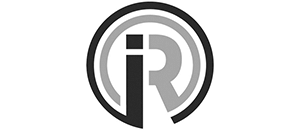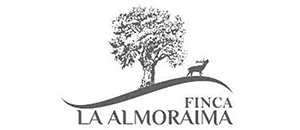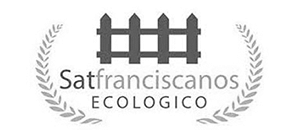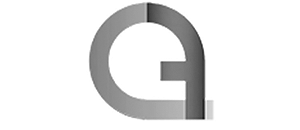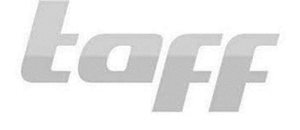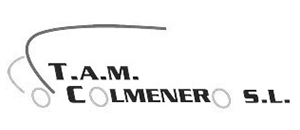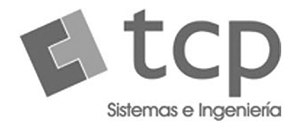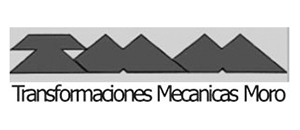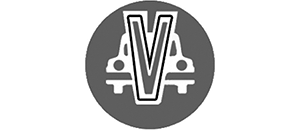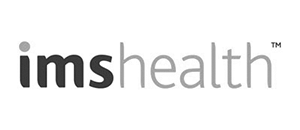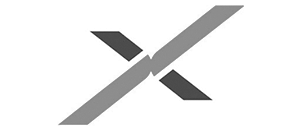What is the NIS 2 Directive?
NIS 2 (Network and Information Security), also known as Directive (EU) 2022/2555, establishes certain obligations to be met in the Member States of the European Union to ensure a high common level of cybersecurity.
Obligated companies must implement technical, operational and organizational measures to manage the security risks of networks and information systems.
These obligations include:
What does NIS 2 Directive entail?
The NIS 2 Directive promotes cooperation and coordination between EU countries on information security, requiring Member States to:
- Adopt cybersecurity strategies.
- Designate or establish competent authorities.
- Name cybersecurity crisis management authorities.
- Indicate single points of contact on cybersecurity.
- Form computer security incident response teams (CSIRTs).
In addition, other bodies have been created such as the European Cyber Crisis Liaison Organisation Network (EU-CYCLONe) and the European Union Agency for Cybersecurity (ENISA).
Sectors to which the NIS 2 Directive applies
The NIS 2 Directive distinguishes between two types of sectors of application: “High Criticality Sectors” and “Other Critical Sectors”.
In total, there are 18 sectors to which the NIS 2 Directive applies, with 11 being high criticality sectors and 7 being other critical sectors.
In addition, the NIS 2 Directive divides some sectors into specific subsectors that facilitate identification by the entities themselves.
In addition, NIS 2 distinguishes between two types of entities:
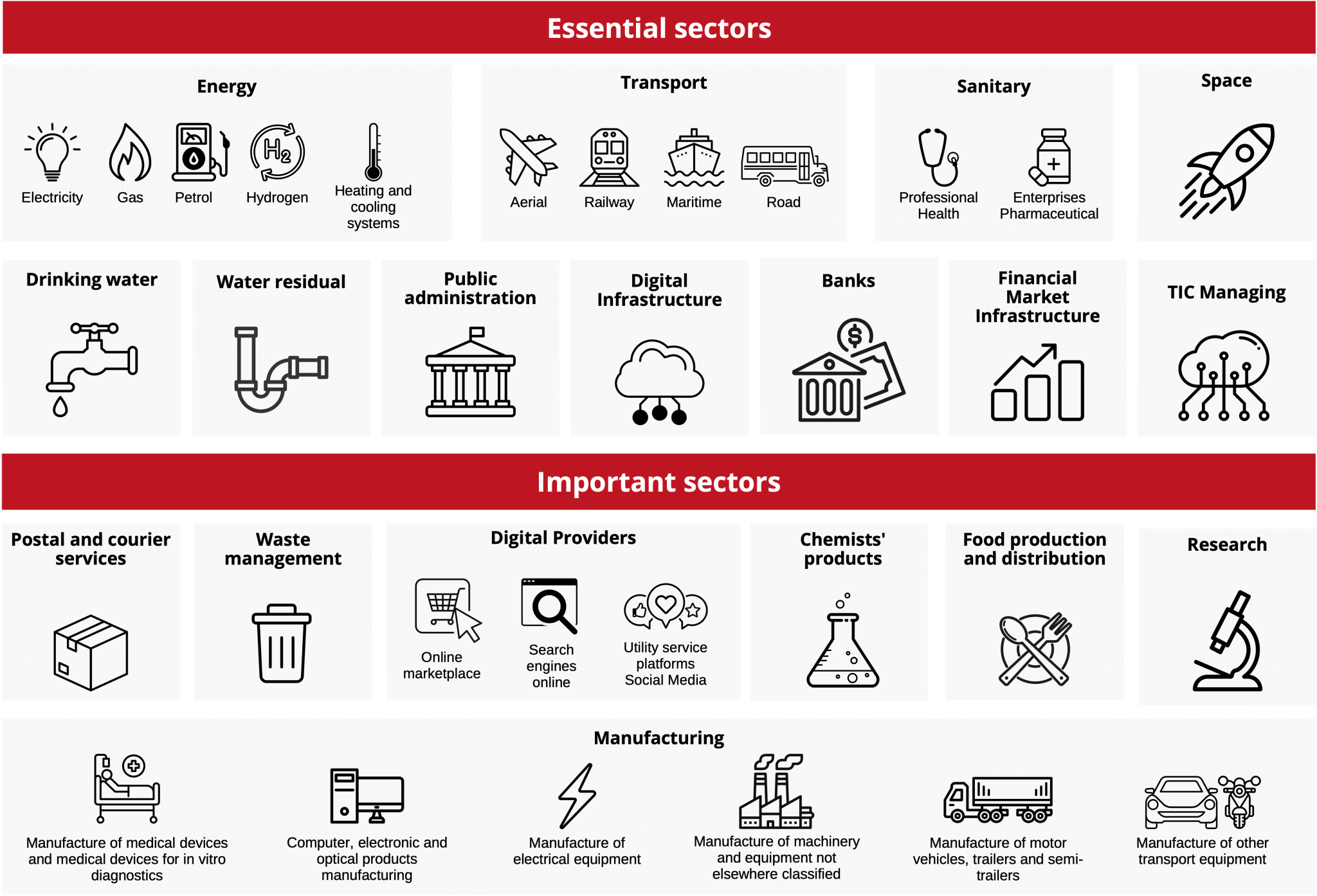
Which companies are affected by the NIS 2 Directive?
There are 3 criteria that define which organizations must comply with the NIS 2 Directive:
Furthermore, regardless of size, NIS 2 will apply to entities when:
Bodies linked to the NIS 2 Directive

Penalties for non-compliance with the
NIS 2 Directive
EU Member States may impose penalties on companies that do not comply with the requirements of the NIS 2 Directive (particularly those set out in Articles 21 and 23, relating to measures for managing cybersecurity risks and notification obligations respectively)
These penalties will vary depending on the type of entity:
Member States will have until 17 January 2025 to notify the European Commission of the regime of penalties applicable to non-compliance.
Entry into force of the NIS 2 Directive
Member States have until 17 October 2024 to transpose and adopt and publish the measures necessary to comply with the provisions of the NIS 2 Directive.

How to implement NIS 2 Directive?
If you want to guarantee the security of your services and protect the interests of the European Union in terms of information security, you must implement the NIS 2 Directive in your entity.
At Grupo Ingertec we offer you our help and advice throughout the process.
Request a quote
Complete this form and you will instantly receive an estimate of our services in your email.
